Gardeners know how important bees are, but how can we pass the information on bee culture to younger generations so that is it meaningful to them?
Author and environmentalist Robbie Shell has some great ideas on how to teach our children, grandchildren, and other young people in our lives just how essential bees are to our world, and she’s been kind enough to share those ideas with us today.
By Robbie Shell, author of Bees on the Roof
If middle school kids don’t seem to know much about bee culture and pollination, it’s probably because they haven’t been shown – rather than just told – the crucial role that honeybees play in our lives.
Tour the Grocery Store
Here’s an idea: Take kids on a tour of a grocery store and point out all the foods we eat that rely on bees. After all, these tiny insects pollinate 70 out of the 100 major crops in this country and produce close to 300 different flavors of honey.
First stop – the fruit aisle, featuring such favorites as strawberries, blueberries, peaches, apples, grapes and pumpkins. None of those would be available if we lost our honeybee population. Next, the vegetable aisle: carrots, cucumbers, beans, broccoli and onions – all would disappear without bees. On to nuts – including almonds and cashews, which also means no more Almond Joys, Snickers or Cashew Butter Crunch. In the bakery aisle, show them that fruit pies and tarts, chocolate cookies and coconut bars, to name a few popular desserts would not exist without bees.
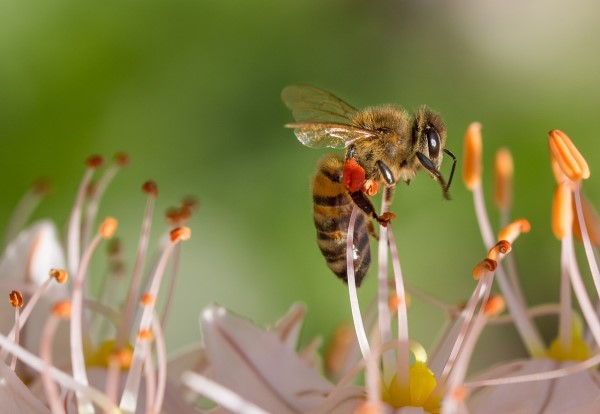
Get in the Garden!
Next, take the kids to a garden or park and point out all the trees and flowers that bees pollinate and that provide nectar for the whole bee hive, including (female) worker bees, the queen bee, baby bees and drones (male bees whose only job is to mate with the queen).
For kids not up on the definition of pollination, here is a simple one: It occurs when pollen is moved within flowers or carried from flower to flower by a variety of transporters, including bees, birds, bats, butterflies, moths, and even people. That activity – described in more scientific terms as the act of transferring pollen grains from the male anther of a flower to the female stigma – leads to fertilization, which allows a plant to develop seeds. Seeds then grow into new plants.
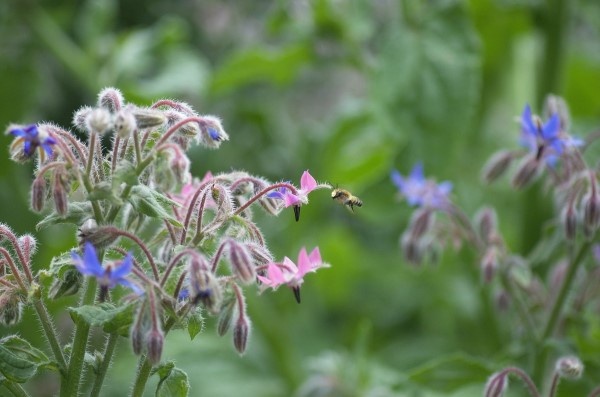
Bring it Home
To bring home the message about the importance of bee culture in our lives, suggest that kids start a school project that would involve planting a garden with honeybee-friendly trees, flowers, crops, and herbs. Some examples: sunflowers, goldenrod and dahlias; thyme, sage and mint; maple, apple and cherry trees; and alfalfa and soybean crops. Two weeds – dandelions and clover – also provide good nutrition for honeybees.
Families could set up a few hives in their backyard (paint them together for a fun family activity!) to provide immediate, hands-on experience learning how honeybees operate and what they need to survive (such as water) and don’t need (such as pesticides). The payoff for a person of any age is the honey that is typically harvested from these hives in the summer months. Remind kids of their responsibility to the hives, such as making sure their bees always have plenty of water – in bird baths, shallow buckets, or a bee bath.
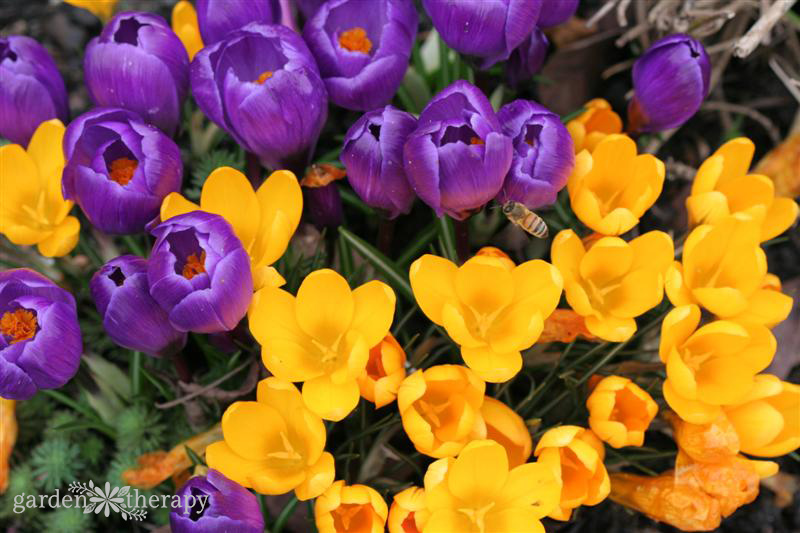
Bee Culture Takes Teamwork
Finally, remember that kids can learn a lot from the way a colony (or hive) of honeybees is organized. Teamwork and efficiency are key. Each bee has a job to do, one that changes depending on her stage of life, and no one bee gets preferential treatment. Even the queen, despite her name, has to lay approximately 1,500 eggs every day, never gets to leave the hive, and is kicked out once she can no longer lay those eggs. Bees work continuously during the day – no recess or vacation – taking care of the hive, foraging for nectar, turning that nectar into honey and reminding all of us how critical they are to the health of our environment.
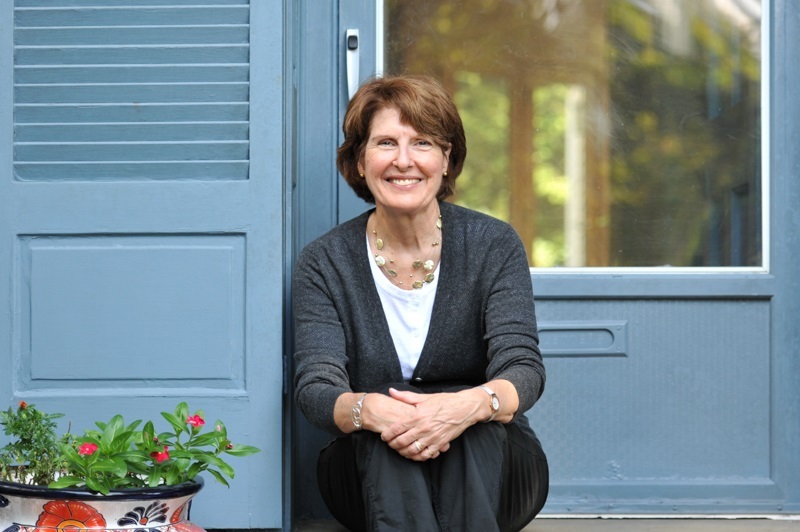
Robbie Shell is the author of Bees on the Roof, an environmental fiction novel aimed at middle grade kids. The plot centers on a seventh-grade science competition and a group of friends who face personal as well as classroom challenges as they attempt to raise honeybees on a hotel roof in New York City. Information about the ecological role of bees in the food chain and the mysteries of a potentially devastating syndrome called “Colony Collapse Disorder” is woven into the various adventures and discoveries of “The Bee Team.”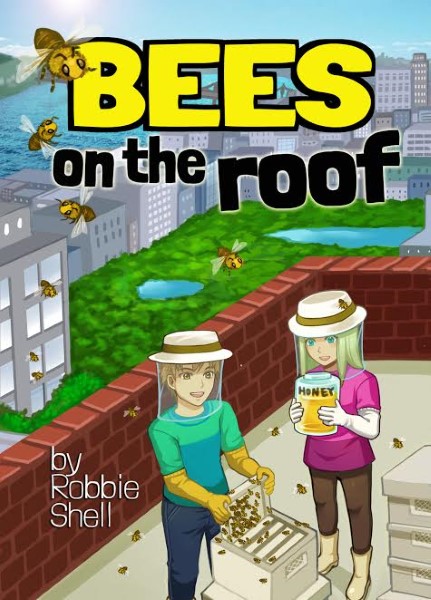

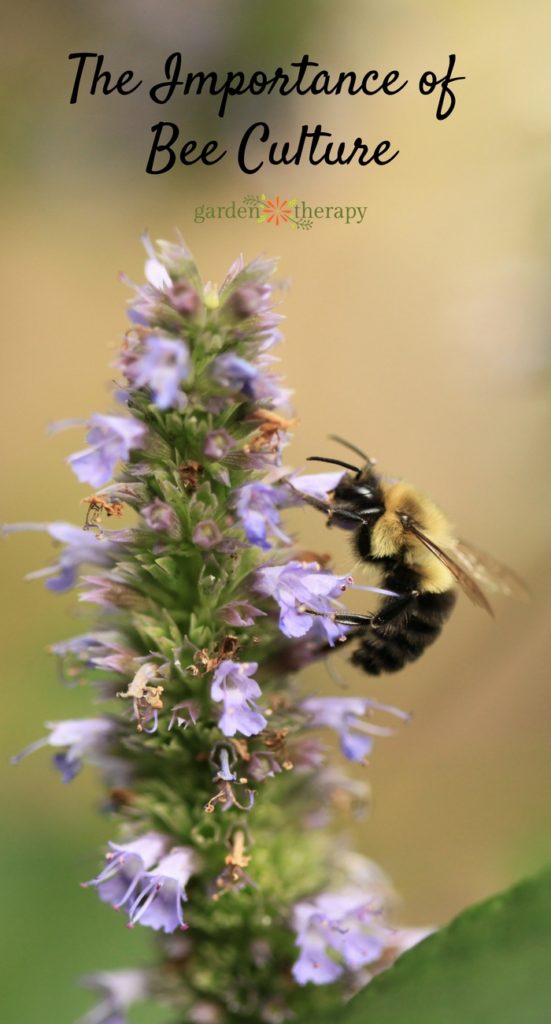



It’s so sad that bees have been having such a rough time. As a child, I used to spend hours in the garden observing them (and yes, I did pet their furry little backs too… luckily without getting stung! Hahaha!). They are very special to me! Hopefully if enough people are educated of their importance, we can help their population to thrive again. I know when I get my own home, I will certainly have one for the bees as well. :)
Great article!
Interesting… I am learning so much about bees ♥
I want to honestly look more into getting my own bee hive now. I didn’t know bees were responsible for fruits and veggies myself.
Three years ago, as recent retirees, a friend and I found the science of the honeybee fascinating, so we attended a 10 week evening beekeeping course at our agricultural high school – not expecting to set up a hive, but to learn more about these amazing creatures. We now have three healthy beehives on her 2 acre property. I encourage anyone who’s interested in the science of bees to find a local beekeeping organization, take a class and learn all you can. Added bonus: a few jars of honey made from the flowers and trees in your own garden!